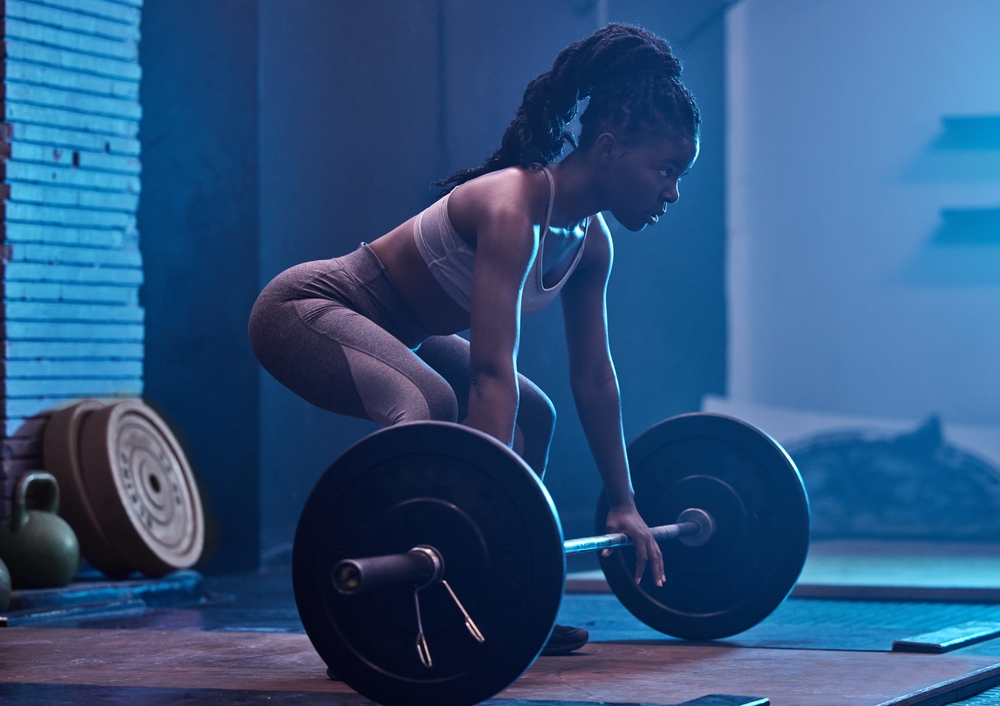Deadlifts are a fundamental exercise in strength training, renowned for building muscle, improving grip endurance, and strengthening the pelvic floor. Certified Personal Trainers Rachel Trotta and Jacqueline Kasen emphasize the benefits of incorporating dumbbell deadlifts into your fitness regimen for their convenience, joint-friendliness, and versatility.
Proper technique for dumbbell deadlifts
Executing a deadlift with proper form is crucial to maximize its benefits and minimize injury risk. Here’s a step-by-step guide:
- Inhale and glide the dumbbells down your legs as you push your hips back.
- Keep your shoulders back, core engaged, and back straight with eyes forward.
- Pause at mid-shin depth, then exhale and return to standing, pushing the floor away with your feet.
Remember, the movement should stretch your glutes and hamstrings without turning into a squat. If you’re unsure about your form, filming your exercise can be more helpful than using a mirror.
Benefits of dumbbell deadlifts
Dumbbell deadlifts offer a range of benefits:
- They target multiple muscle groups for full-body strength.
- The independent movement of each dumbbell improves stability and balance.
- They are less stressful on the spine and joints compared to barbell deadlifts.
- They can be easily set up and are versatile, allowing for various deadlift variations.
Incorporating dumbbell deadlifts into your routine
Depending on your fitness goals, dumbbell deadlifts can be integrated into full-body workouts, leg days, or circuit training. Trotta suggests alternating between heavier, lower-rep deadlifts at the start of your workout and lighter, higher-rep sets towards the end for balanced muscle development and injury prevention.
Choosing the right weight for dumbbell deadlifts
Beginners may start with lighter weights to master the hinge movement, but don’t underestimate your lower body’s strength. Aiming for at least 25 pounds per hand can be a good starting point for many, with the focus on letting your legs do the lifting rather than your grip strength.
Dumbbell vs. barbell deadlifts
Both dumbbells and barbells have unique advantages. Barbells allow for heavier lifting, which is essential for developing maximum strength. However, dumbbells can still effectively build muscle, especially with higher-rep sets and single-leg variations.
Top dumbbell deadlift variations
Here are three effective dumbbell deadlift variations to try:
- Single-leg dumbbell deadlift: Focuses on one leg at a time, enhancing stability and muscle engagement.
- Kickstand deadlift: Offers a single-leg focus with the support of the back foot, making it more accessible.
- Sumo deadlift: A wide-leg stance variation that may be more comfortable for those with back pain.
Whether you’re a beginner or an experienced lifter, dumbbell deadlifts can be a valuable addition to your strength training routine. Remember to prioritize proper form and listen to your body to avoid injury and achieve the best results.





